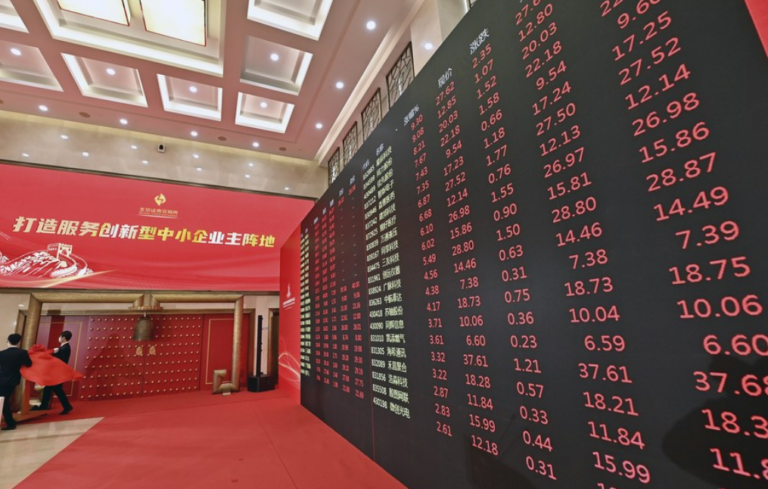Introduction
Market research of Wal-Mart: Wal-Mart will continue to expand especially in the second- and third-tier cities in China, but without neglecting its development in the first-tier cities. It plans to open 40-50 new outlets a year over the forecast period, with a focus on the third-tier cities. Sustainable development is another important strategy that the company adopts. Wal-Mart will open a new environmentally-friendly flagship store, with 40% less energy usage and will try to cut water usage by half in all its existing outlets by 2010.
Background
Wal-Mart entered China in 1996 and opened its first outlet in Shenzhen, South China. The company operates three retailing fascias/formats: Supercenters, Sam’s Clubs and Neighborhood Markets, catering to different consumers’ needs. Supercenters mainly aim at saving consumers’ time and money, as they are well known for its “Every Day Low Prices”. Sam’s Club is a members-only warehouse, providing low-cost, bulk products for both business and personal use. Neighborhood Market is located near residential areas, for consumers’ daily shopping needs.
To accelerate its expansion in China, Wal-Mart spent US$1 billion in February 2007 to acquire 35% of the parent company of Trust-Mart, a Taiwan-based hypermarket chain, and plans to take over all its stores by the end of 2010.
Wal-Mart currently operates 125 of its own outlets, including two Neighborhood Market stores. Trust-Mart has 100-plus outlets. Both have outlets widely located all over China, with many stores in lower-tier cities.
Competitive positioning
After the big move of acquiring the Trust-Mart hypermarket chain, Wal-Mart did not slow its pace of progress in 2008. The company has opened around 30 new outlets in 2008, entering more lower-tier cities. Wal-Mart has increased its value share in hypermarkets to 10% in 2008, to become the number one player in the channel in China.
Wal-Mart is in a strong position to negotiate good prices from suppliers, resulting in very competitive retail prices, which are very attractive to consumers. Direct purchasing (e.g., from farmers) and energy saving also help the company to reduce costs. Energy saving is part of the sustainable development that Wal-Mart advocates. A simple change (e.g., black instead of color printing on the packaging of fruit) can make a big difference – Wal-Mart can save RMB1.7 million on sales of two million packs of fruit per year in one outlet.
Wal-Mart is careful to choose established local players for its private label products, including Uni-President for its private label ice black tea and COFCO Xinsha Grain & Oil (Dongguan) for its private label edible oil. Competitive prices, consistent quality and wide presence underpin Wal-Mart’s success in China.
To combat the economic recession, Wal-Mart launched its first ever price cuts in China in late 2008, of 20-40%, mainly for the daily necessities.




